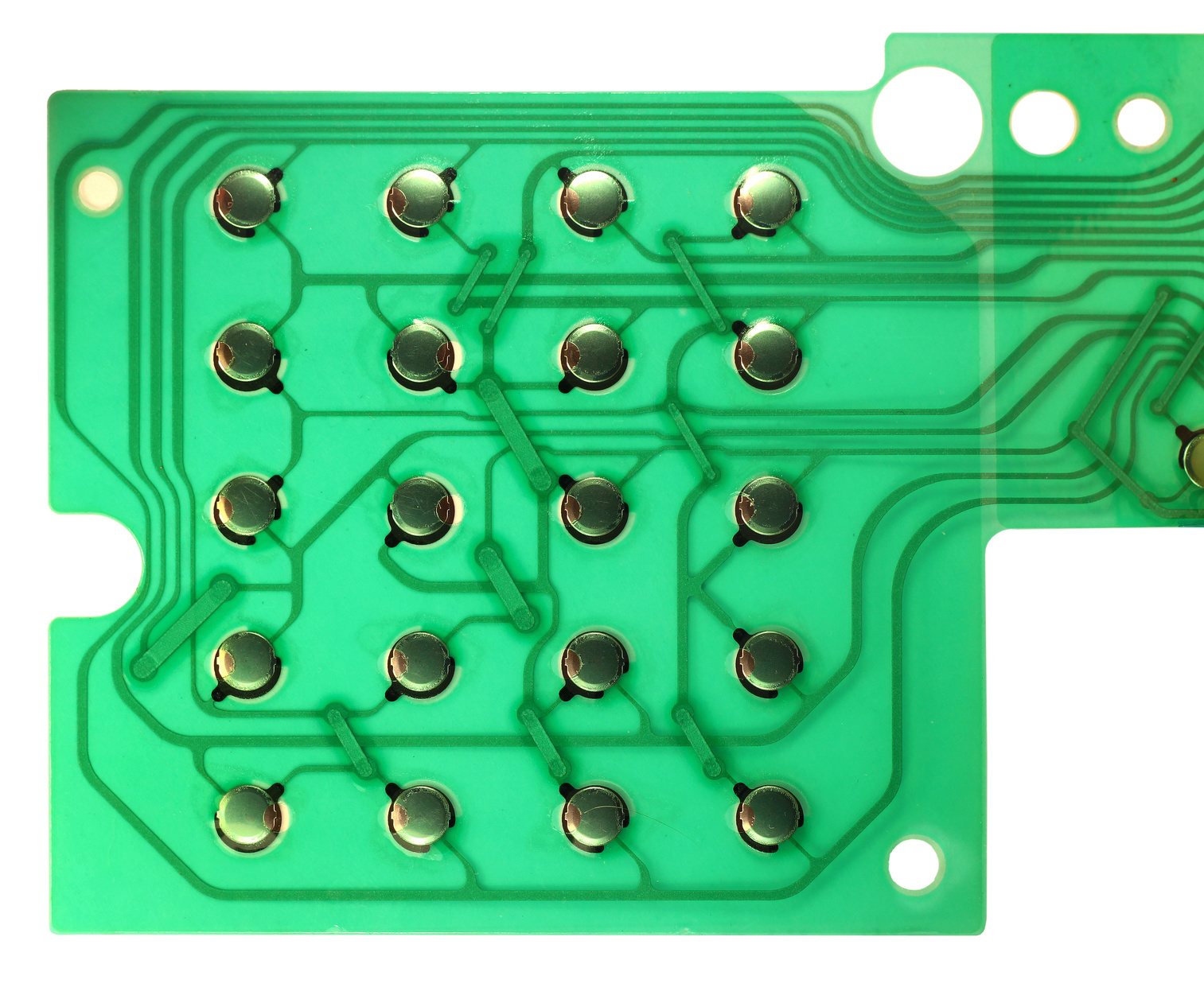How to Ensure Long Life and Integrity with a High-Quality Membrane Switch
Understanding the Functionality of Membrane Layer Changes for User User Interface Tools
The capability of membrane switches over represents a considerable advancement in individual interface layout, integrating performance with aesthetic flexibility. As sectors increasingly prioritize customer experience, understanding the nuances of membrane layer button technology ends up being important.
What Are Membrane Layer Buttons?
Membrane layer switches are innovative interface gadgets that assist in user interaction with electronic equipment. These flexible elements include several layers, including a graphic overlay, spacer, and a printed circuit layer. The design allows for a seamless integration right into different electronic tools, boosting both the visual and useful facets of interface.
Membrane layer buttons are frequently used in a wide variety of applications, from house devices to commercial equipment and clinical gadgets. Their building usually features a thin account, making them an optimal choice for small styles. The tactile responses given by these buttons can be engineered to satisfy specific customer choices, making sure efficient communication between the individual and the tool.
Longevity is another substantial advantage of membrane buttons, as they are immune to dust, wetness, and chemicals, which boosts their life-span sought after atmospheres. In addition, these switches can be personalized in regards to shape, dimension, and visuals design, permitting for branding and user-specific functions. Overall, membrane layer changes represent a functional solution for improving individual experience in digital devices, combining performance with aesthetic charm in an efficient manner.
Just How Membrane Switches Job
Operating on a simple principle, membrane switches over use a split building to register customer input successfully. Each button contains numerous layers, including a printed circuit layer, a spacer layer, and a top visuals layer, which are created to function with each other perfectly. When a customer presses the top layer, it compresses the spacer layer, bringing the conductive elements of the circuit layer into call with each other.
This call creates a closed circuit, indicating the gadget to carry out a certain feature. The design enables numerous configurations, consisting of tactile comments, which can boost the customer experience by offering a physical feeling upon activation. The products made use of in membrane layer buttons typically consist of adaptable substratums, such as polyester or polycarbonate, which guarantee toughness and strength versus damage.

Secret Benefits of Membrane Layer Buttons

One more significant benefit is their density. Membrane buttons are thin and light-weight, which allows producers to save space in their gadgets without compromising functionality. This function is particularly helpful site web in applications where weight and quantity are crucial considerations.
In addition, membrane buttons are resistant to dust, moisture, and chemicals, enhancing their resilience. This durability expands their life-span and decreases the demand for frequent replacements, causing expense savings in time.
Furthermore, the tactile comments provided by membrane layer buttons can be optimized to boost user interaction. They can consist of features such as increased switches or distinct clicks, improving functionality and customer experience.
Applications Across Industries
Interface devices using membrane layer buttons prevail in a large array of markets, showcasing their versatility and capability. Membrane Switch. In the medical market, membrane layer buttons are essential to gadgets such as diagnostic tools and client surveillance systems, where their longevity and convenience of cleaning are important for keeping hygiene requirements. In the automotive sector, these buttons are employed in dashboard controls and infotainment systems, offering a streamlined and modern-day user interface for customers.
Moreover, the consumer electronic devices field gain from membrane switches in appliances and handheld devices, where compact style and easy to use user interfaces boost customer experience. Industrial applications also leverage membrane changes for control panels in equipment and automation systems, highlighting their toughness and resistance to severe environments.
In this post the aerospace and protection sectors, membrane switches are made use of in cabin controls and devices, where reliability and efficiency under extreme problems are extremely important. In addition, the gaming sector significantly integrates membrane layer switches in controllers and gallery devices, adding to an appealing user experience. Overall, the flexibility of membrane changes allows their widespread usage across numerous fields, emphasizing their importance in modern-day individual interface style.
Future Trends in Membrane Layer Switch Technology

Furthermore, the usage of sophisticated products, such as polycarbonate and polyester movies, is expected to increase, giving enhanced durability and resistance to environmental stress factors. These products contribute to the overall durability of membrane layer buttons, making them ideal for harsher commercial applications.
Moreover, the consolidation of wise modern technology, consisting of IoT connectivity, will allow membrane buttons to interact with various other tools and systems, helping with a much more interactive individual like this experience. This pattern lines up with the expanding need for clever tools throughout numerous fields, from medical care to customer electronic devices.
Lastly, personalization choices are expected to increase, permitting suppliers to develop bespoke solutions tailored to specific customer demands and preferences. These developments will position membrane switches as crucial components in the evolution of individual interface modern technology.
Verdict
In final thought, membrane layer changes represent a critical development in individual interface modern technology, supplying a reputable and flexible service for diverse electronic applications. Their layered construction helps with portable layout, while functions such as tactile feedback boost user interaction. The sturdiness against environmental factors better solidifies their energy across several industries. As developments in material scientific research and touch sensing modern technologies continue, the capability and applicability of membrane switches are expected to increase, reinforcing their significance in modern-day electronic tools.